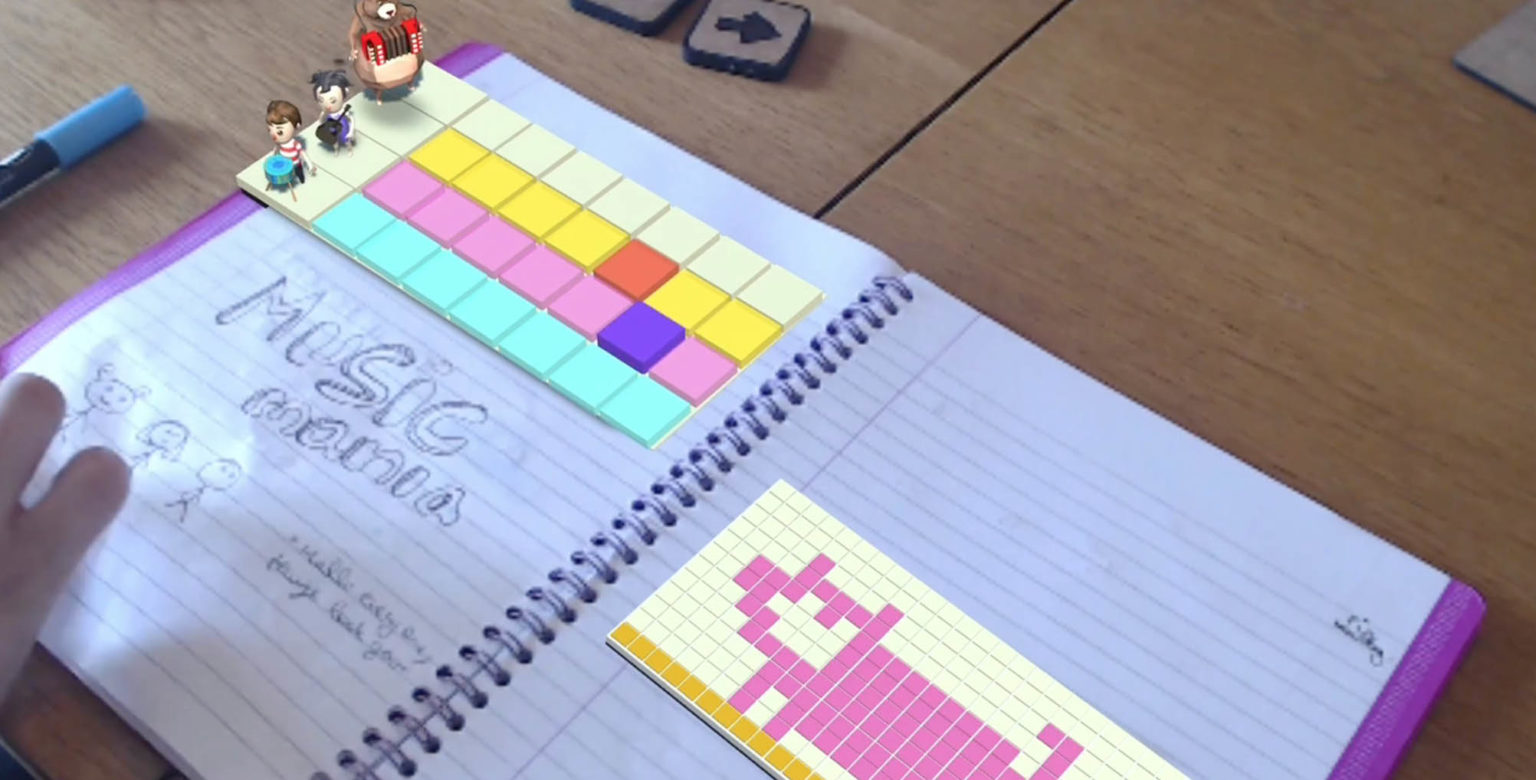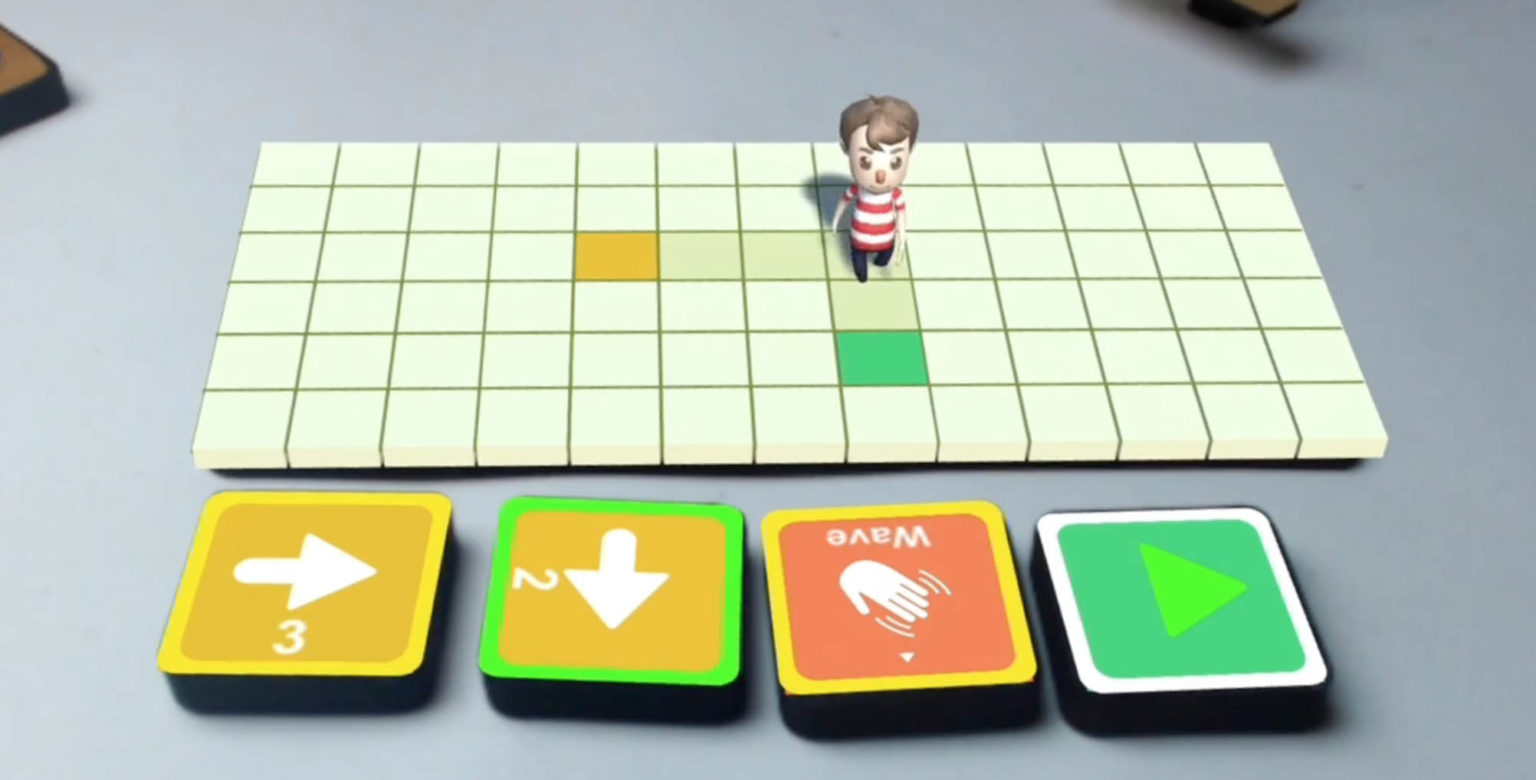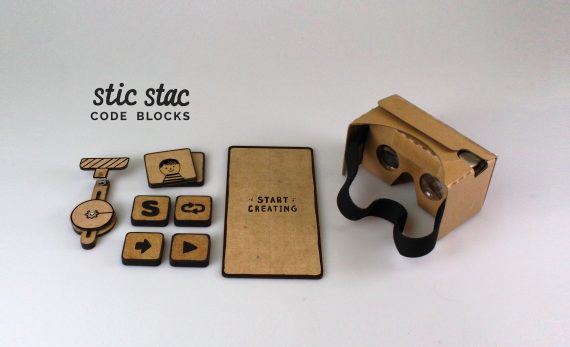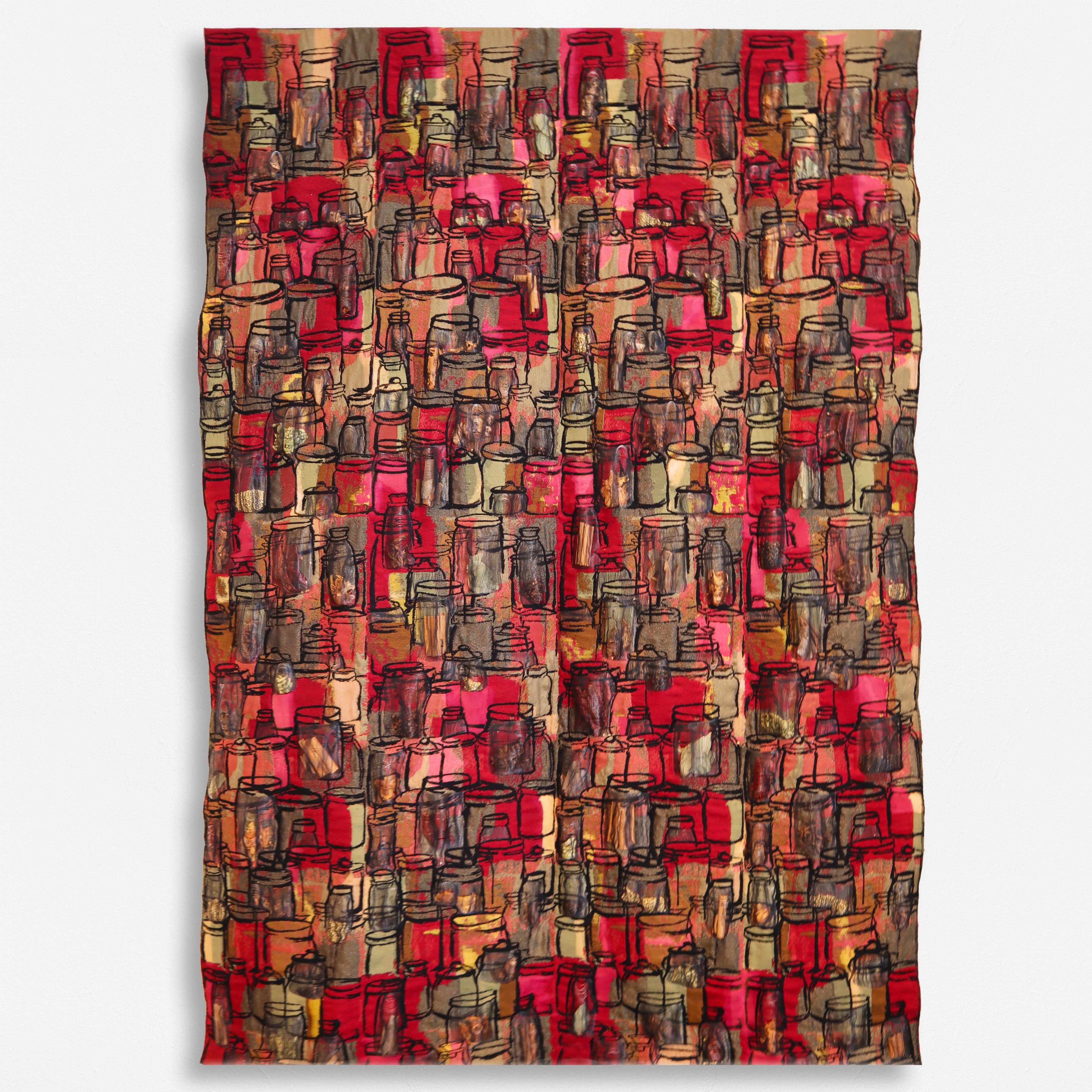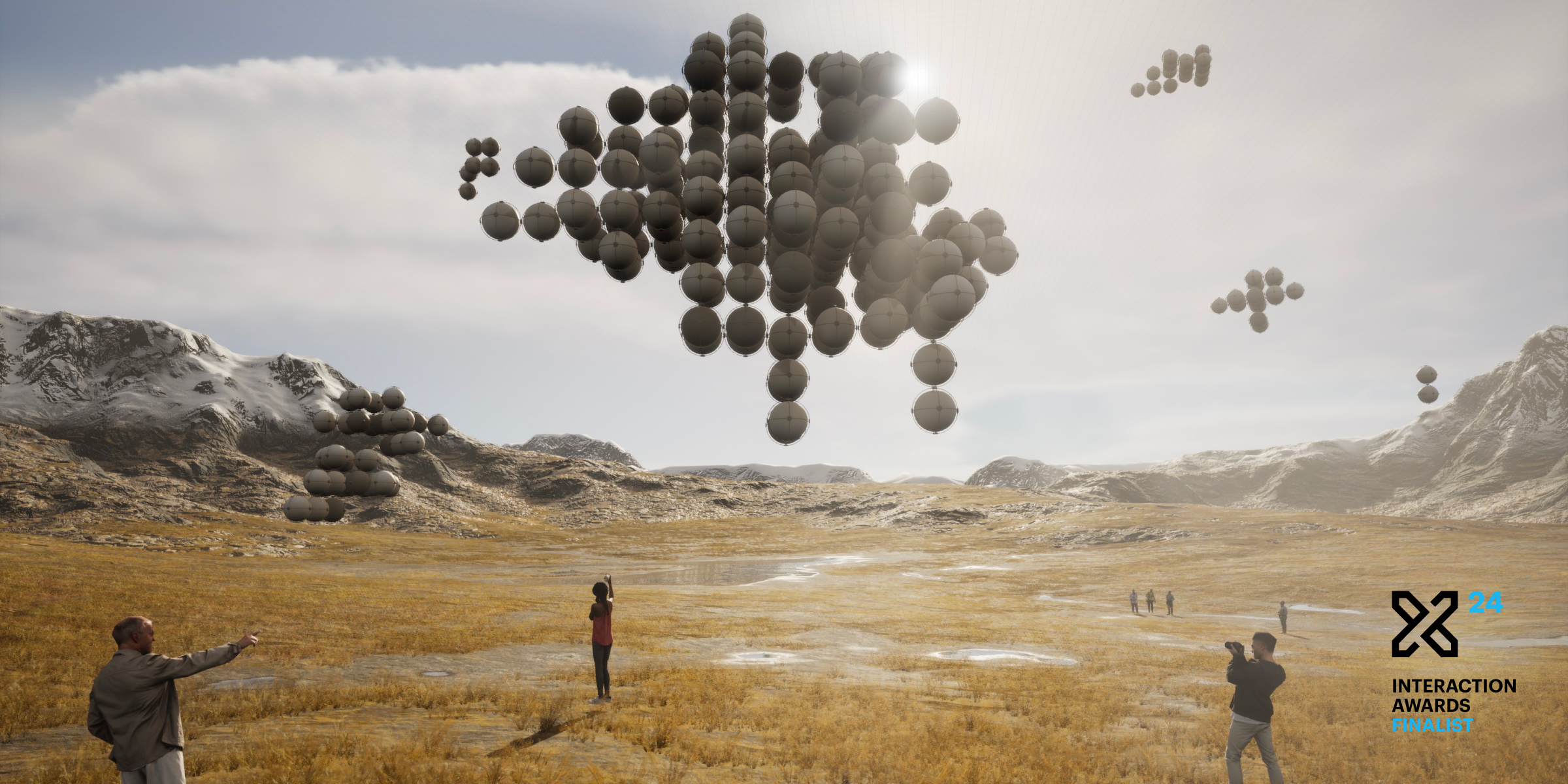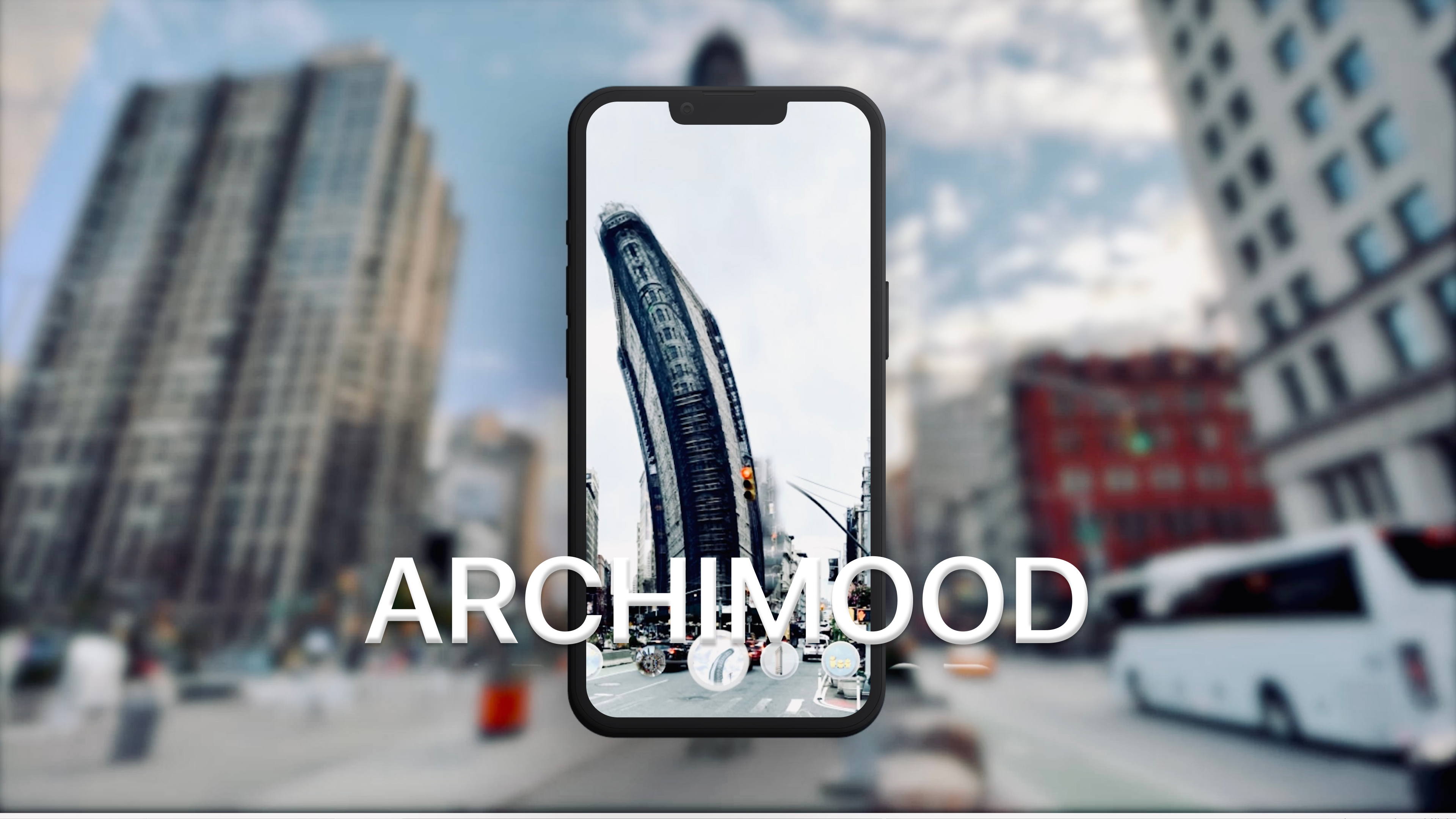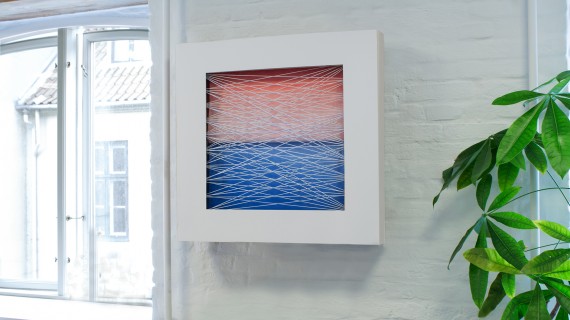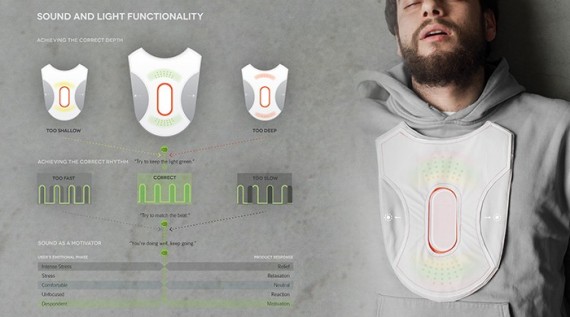Stic Stac Code Blocks
Team
Company | Institution
Category
Type
Project description
The idea of Stic Stac Code blocks was born when I realised that most of the augmented reality (AR) based mobile applications out there let children only consume digital content. These apps impress you with polished 3D models, textures and animations, but they lack cultivating creativity amongst its users. Creativity lies in the power of Making and Tinkering and I believe a better part of technology should be designed to foster learning. Thus the question was – How might I design a creative tool that let children manipulate, create and express their unique content?
The idea of Stic Stac Code blocks was born when I realised that most of the augmented reality (AR) based mobile applications out there let children only consume digital content. These apps impress you with polished 3D models, textures and animations, but they lack cultivating creativity amongst its users.
Creativity lies in the power of Making and Tinkering and I believe a better part of technology should be designed to foster learning. Thus the question was – How might I design a creative tool that let children manipulate, create and express their unique content?
Stic Stac Code Blocks is designed for children in the age group of 9-14 years and cover several interesting design considerations like
- It lets children CREATE unique content like Stories, Music, Pixel art, Games etc. in a more immersive augmented environment.
- Instead of touchscreen-based interactions, children’s physical interaction with wooden blocks and Controller provides more natural haptic feedback.
- One of the most challenging aspects of designing this kit was how to animate digital content. Inspired by LOGO programming language (1969), the child creates precise set of instructions( in other words he codes) to animate characters or objects. All this is based on the Principles of Computational thinking (Programming or Coding) i.e Sequencing, Repetitions, Events, Conditions and Parallelism which is the very foundation to any programming language.
And irrespective what career path a child takes, research has shown that nurturing Computational Thinking develops life-long skills like Logical Thinking, Problem solving, Creativity and Collabration.
- Finally, all the creations could be expressed digitaly or in the form of printed AR markers.
This work is based on 14 months of research work at the Digital Media Education Bremen and the University of the Arts, Bremen, Germany from June 2018 – August 2019.
The idea of Stic Stac Code blocks was born when I realised that most of the augmented reality (AR) based mobile applications out there let children only consume digital content. These apps impress you with polished 3D models, textures and animations, but they lack cultivating creativity amongst its users.
Creativity lies in the power of Making and Tinkering and I believe a better part of technology should be designed to foster learning. Thus the question was – How might I design a creative tool that let children manipulate, create and express their unique content?
Stic Stac Code Blocks is designed for children in the age group of 9-14 years and cover several interesting design considerations like
- It lets children CREATE unique content like Stories, Music, Pixel art, Games etc. in a more immersive augmented environment.
- Instead of touchscreen-based interactions, children’s physical interaction with wooden blocks and Controller provides more natural haptic feedback.
- One of the most challenging aspects of designing this kit was how to animate digital content. Inspired by LOGO programming language (1969), the child creates precise set of instructions( in other words he codes) to animate characters or objects. All this is based on the Principles of Computational thinking (Programming or Coding) i.e Sequencing, Repetitions, Events, Conditions and Parallelism which is the very foundation to any programming language.
And irrespective what career path a child takes, research has shown that nurturing Computational Thinking develops life-long skills like Logical Thinking, Problem solving, Creativity and Collabration.
- Finally, all the creations could be expressed digitaly or in the form of printed AR markers.
This work is based on 14 months of research work at the Digital Media Education Bremen and the University of the Arts, Bremen, Germany from June 2018 – August 2019.


